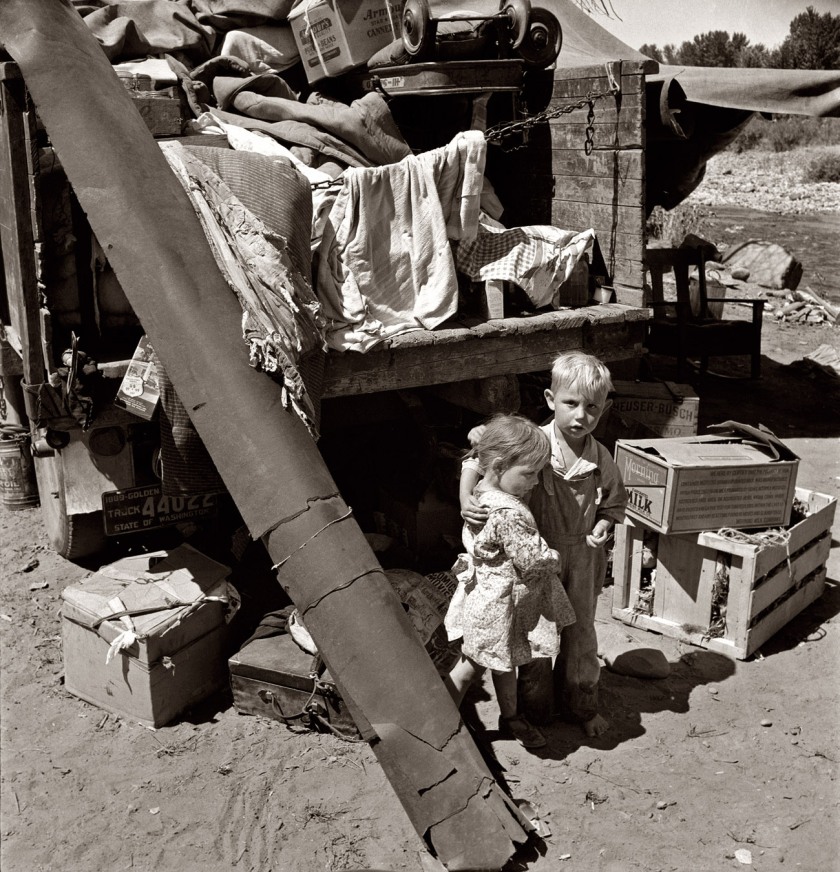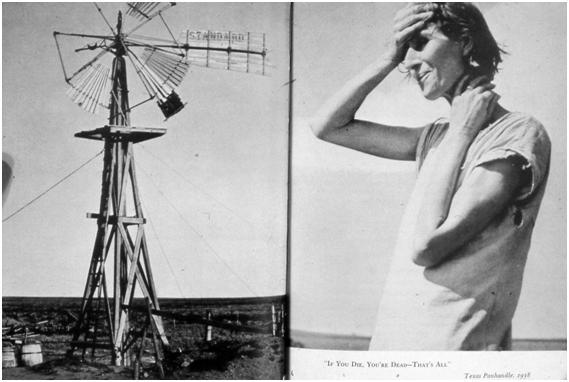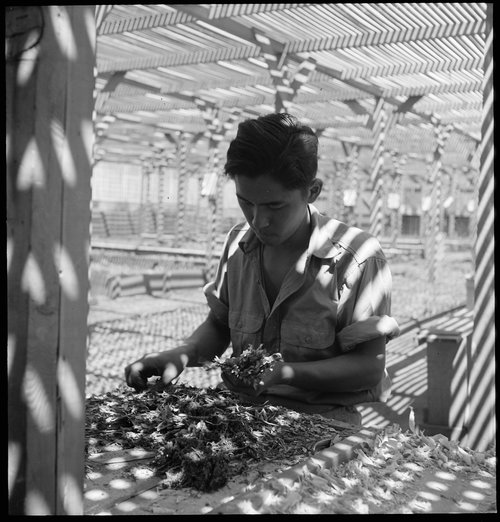Dorothea Lange: Grab a Hunk of Lightning is a film made by and narrated by Dorothea’s granddaughter Dynna Taylor. The film shows Dorothea’s entire life as a photographer and shows how she got started while also showing Dorothea preparing for her solo expedition at the Modern Museum of Art in New York. It was amazing to see all the different work she has done throughout her career and then learning the history and facts behind the photographs brought them to life even more so.
I really enjoyed seeing Dorothea Lange’s work because I’ve always loved history and because of Lange much of U.S. History is preserved. She captured some of the worst moments in U.S. History like the Dust Bowl, the Great Depression, the Japanese internment camps, and environmentalism. Along with the work she did in the U.S. in 1963 she went around the world with her husband Paul and captured photographs of different cultures.
One of my favorite segments of the film is the photographs that captured the Dust Bowl and the aftermath being the great migration. I remember learning about the Dust Bowl in school and in my CA History class in how hundreds of thousands of people lost everything and came to California in pursuit of the American dream. Learning this in school, it is a horrible moment in U.S. History however, Dorothea Lange’s photographs put a face on the western migrants. They are no longer just hundreds of thousands of people pursuing the same dream. They are mothers, fathers, children, etc. living in poverty hoping to survive long enough to see their dreams come true. 
A photograph I found truly heartbreaking was a photo taken in Yakima Valley, Washington in 1939. The photograph shows a very young boy with his arm around his even younger sister with a jalopy in the back that holds their whole life in boxes. What was eye opening about this photo was learning that the linoleum post beside them, the family has been carrying with them on the road for three yeas as a memory of home and hope for a new home. The post is symbolic and becomes a subject in the photograph representative of the American Dream and the reality of the conditions people are living in to get there.
Another aspect of the film that I thought was powerful was the book An American Exodus: A Record of Human Erosion by Dorothea Lange and Paul S. Taylor. Dorothea’s photos of the Dust Bowl and migration camps stood strongly alone but paired with the stories of the migrants and the quotes made them come together even more. I liked hearing the process behind how she paired photographs together in the book in that sometimes they were balanced, and others were subservient to the other. One grouping in particular was of a migrant mother of three in despair paired with a battered windmill. They were placed together because they are metaphors for each other- they are both severely broken.

Another section of the film that is captivating is the series of photos of the Japanese internment camps Dorothea is commissioned to do by the government. Interestingly enough the government hires Dorothea to show that people were not being persecuted but, she took the job to expose the realties of what the American government was doing to their own citizens. By capturing the truth of the camps conditions and how the government treated Japanese citizens Dorothea was fired and her photos were not released. Her photos that were censored includes nursery shots with lighting that looked like prison bars. 
Overall, I learned a lot of what documentary photography is from Dorothea Lange and how to capture the truth of the human condition. I think her work is very relevant to what is happening today with the DACA Dreamers movement, natural devastation all over the world which has resulted in people losing everything and having to rebuild and/or travel in pursuit of a better life. In my own practice I can take Dorothea’s ability to capture honest moments and emotions. Some of the techniques she used was talking to them or her husband Paul talking to them so they would not be fearful of the camera which resulted in a genuine moment. Dorothea had struggles of motherhood and pursuing her artistry, and it’s important because she photographed many desperate women during the depression and migration who could not provide for their children who in a way are very similar to herself. Dorothea’s passion for her subjects and art is evident and this should be adopted into every artists work by being present and staying focused on your vision.
